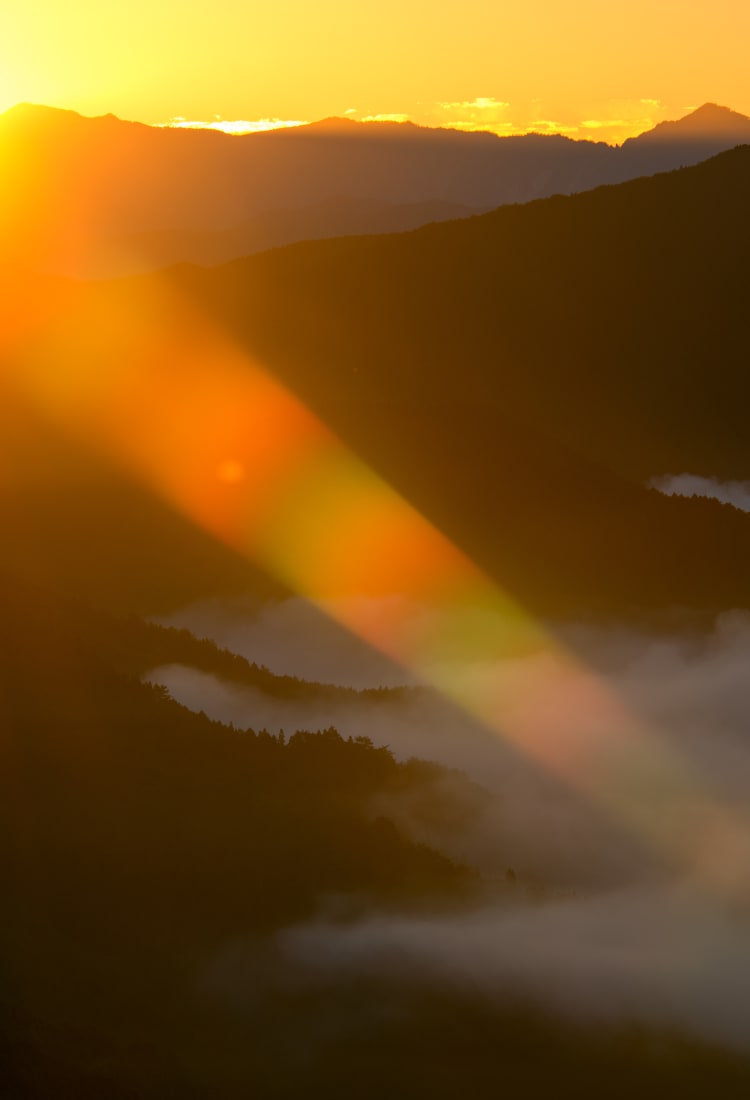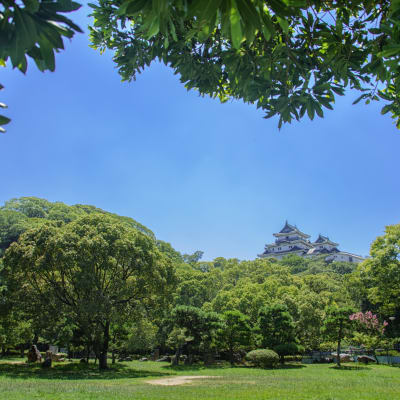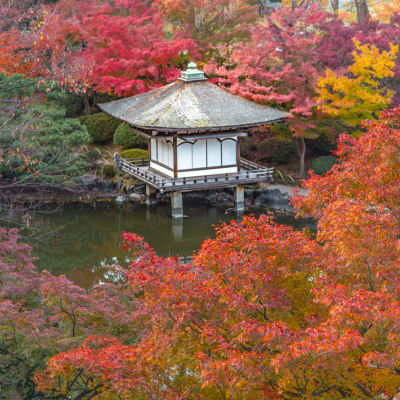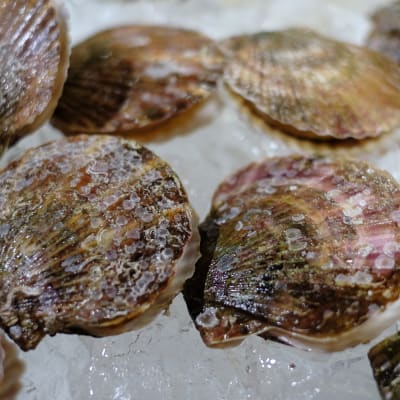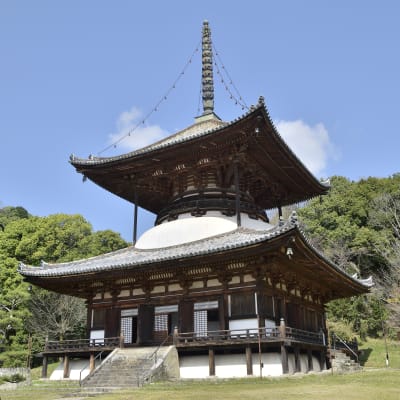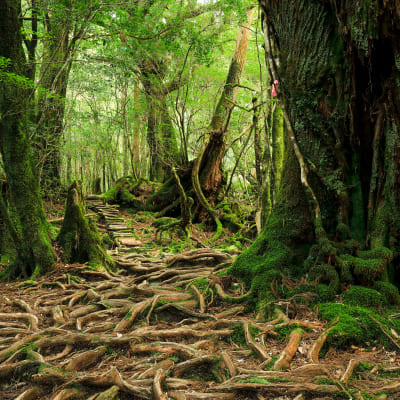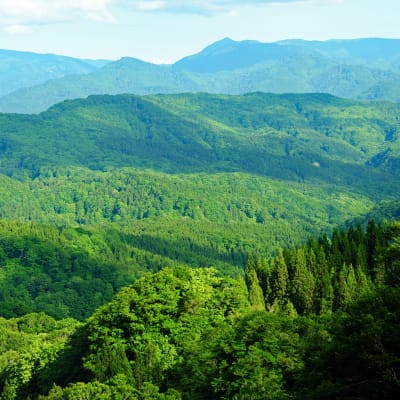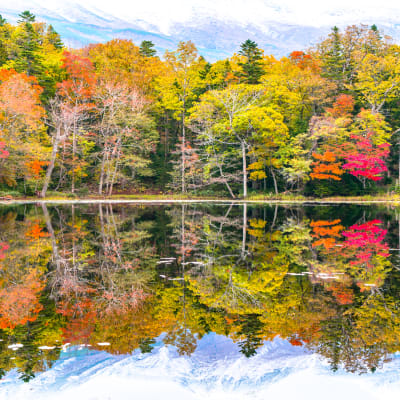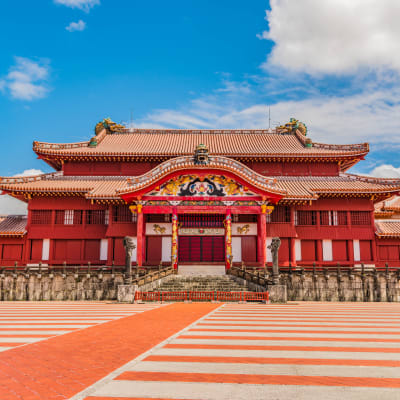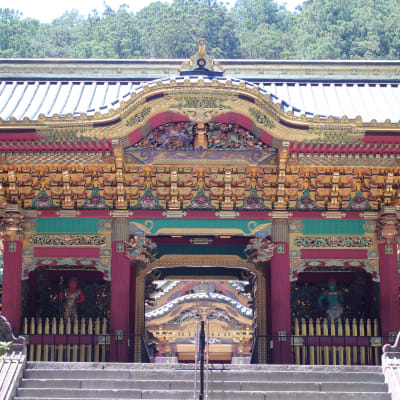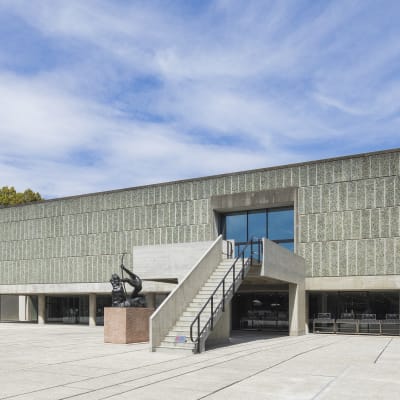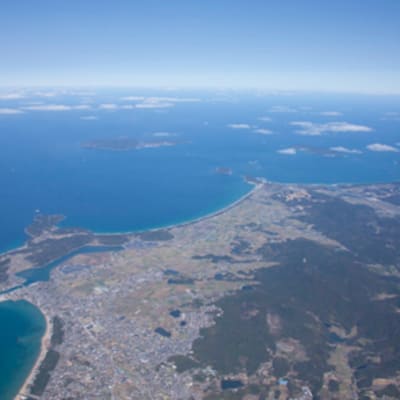This collective World Heritage site is made up of three sacred and culturally rich regions across Nara, Wakayama and Mie prefectures
Yoshino and Omine , the Kumano Sanzan, Koyasan and the pilgrimage routes that connect them reflect the fusion of Japan's indigenous religion Shinto, which centers around the worship of nature, and Buddhism, which was introduced from overseas. The sites and their forested mountain landscape reflect a tradition of sacred mountains and mountain worship that is extraordinarily well-documented and has continued for more than 1,200 years.
Highlights
- Visiting the three grand shrines that make up the Kumano Sanzan
- Experiencing a shukubo temple stay and live like a monk for a night
- Stepping foot on the cobblestoned paths of the ancient pilgrimage routes
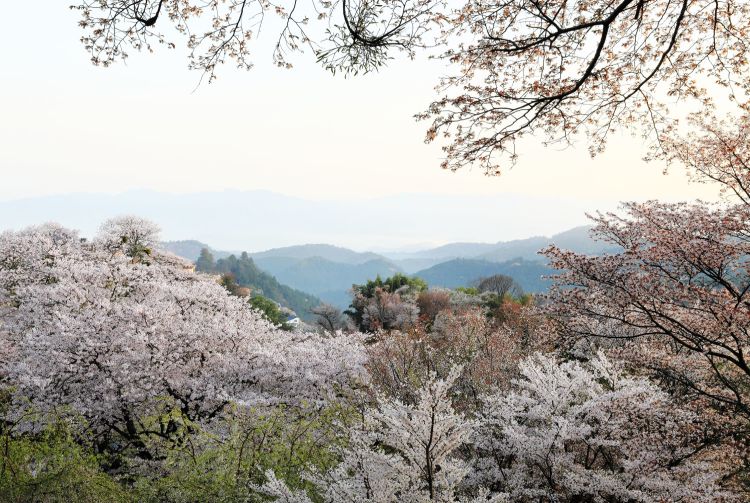
Mountain monks
Yoshino and Omine , situated in the northernmost section of the Kii Mountains, developed as a sacred place for Shugendo—a religion that mixes elements of native Japanese mountain worship, Tantric Buddhism and Taoism. The religion's roots can be traced back to around the 8th century. Practitioners of Shugendo, often referred to as "yamabushi," or mountain monks, seclude themselves in the mountains and perform ascetic practices. The mountain temple Kinpusenji is the central temple of Shugendo, and particularly worth visiting in spring when cherry blossoms bloom in the area.
Yoshino is famous nationwide as one of the country's most beautiful cherry blossom areas, and it is said that a key figure in Japanese history, warlord Toyotomi Hideyoshi (1536-1598), held a luxurious cherry blossom viewing party here in 1594. Every April, a Shugendo-rooted ritual is held at Kinpusenji Temple , which involves confessing sins and making an offering of cherry blossoms.


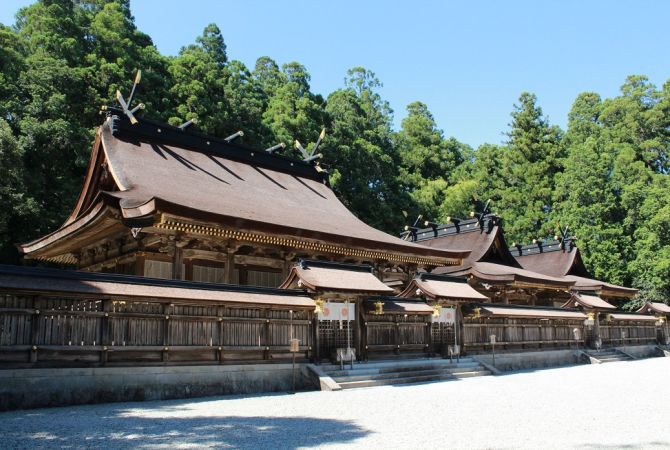
Sacred shrines
Kumano Sanzan is the name for a set of three Grand Shrines situated in the southeastern part of the Kii Peninsula: Kumano Hongu Taisha , Kumano Nachi Taisha and Kumano Hayatama Taisha . You can visit all three shrines in a day by car, but, to fully enjoy the scenery or to get around by public transport, plan to spend a night or two in the area. Katsuura Onsen and Hongu Onsen make popular overnight destinations. Nachi Falls , which is itself considered a god, is 13 meters wide and 133 meters high, and is known as one of the tallest waterfalls in Japan. It is believed that the spray of the falls promotes long life.

Temple stays
Koyasan is an unprecedented religious city on a mountaintop where more than 100 temples are clustered. The most famous among them is the Kongobuji Temple constructed by monk and founder of the Shingon Buddhist sect Kukai (774-835) in 816. Here, you can see rooms decorated with beautiful sliding screens and the room where Toyotomi Hideyoshi's nephew Hidetsugu (1568-1595) committed hara-kiri when cornered here by Hideyoshi.
Koyasan is known for its many temples where you are welcome to stay. Called shukubo, these temple lodgings allow you to experience traditional Japanese culture and temple life. Activities and experiences offered include sutra copying, meditation sessions, morning prayer and other rituals. A highlight for many visitors is trying shojin ryori, the traditional vegetarian cuisine of Buddhist monks.
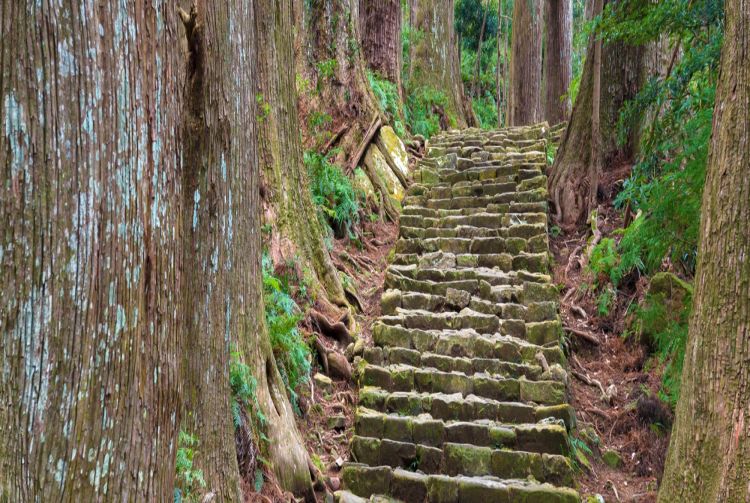
Spiritual journeys
The ancient pilgrimage routes connecting these sacred sites in the mountains are collectively called the Kumano Kodo . The Kumano Kodo, Omine Okugakemichi, and Koyasan Choishimichi are among the routes registered as UNESCO World Cultural Heritage sites. The five main routes of the Kumano Kodo are Nakaheji, Kobeji, Iseji, Oheji, and Kiji. Although many of them have steep stone steps or arduous passes, it is well worth walking these old routes to discover the profoundly mysterious historical remains and rich natural scenery of the Kii Mountains.
How to Get There
Kinpusenji is around a 10-minute walk from Yoshinoyama Station on the ropeway from Kintetsu Yoshino Station. Access this station in around two hours from Kintetsu Kyoto station.
For Kumano Hongu Taisha , one of the Kumano Sanzan, get off at Hongu-taisha-mae bus stop. This bus stop is two hours from Kii-Tanabe station on the Ryujin bus. For access to Kii-Tanabe Station, take the JR Express Kuroshio for around two hours from Shin Osaka Station.
For Koyasan , you can take Nankai Rinkan Bus to various spots in the Koyasan area from Koyasan station. The station is around five minutes from Gokurakubashi station on the Nankai Koyasan cable car. Gokurakubashi Station is a two-hour ride from Wakayama Station or around one hour and 40 minutes from Namba Station in Osaka.
* The information on this page may be subject to change due to COVID-19.




























































